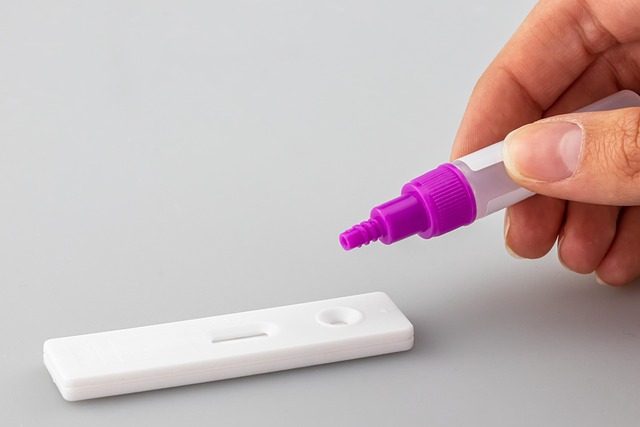In TX, lead safety containment is crucial for protecting public health and the environment from industrial and construction zones' harmful lead exposure. This involves using PPE, implementing engineering controls like HEPA filtration systems, strict cleaning protocols, effective waste management, and designated decontamination areas to mitigate lead contamination.
In Texas, ensuring safe working environments is paramount, especially when dealing with lead. This article delves into the essential practices of lead safety containment setup, offering a comprehensive guide for professionals in the Lone Star State. We explore foundational knowledge, best practices, and practical tools to create secure spaces. By understanding these methods, you’ll be equipped to implement effective lead containment, safeguarding both workers and communities in Texas.
- Understanding Lead Safety Containment Basics in TX
- Best Practices for Setting Up Lead Safe Environments
- Essential Tools and Techniques for Lead Containment
Understanding Lead Safety Containment Basics in TX

In Texas (TX), understanding lead safety containment basics is paramount for maintaining a healthy environment, especially in industrial and construction settings where lead exposure poses significant risks. Lead, a toxic metal, can cause severe health issues, including neurological damage and developmental delays, making proper containment crucial. TX regulations mandate specific practices to ensure safe handling, storage, and disposal of materials containing lead.
These practices involve the use of personal protective equipment (PPE), implementation of engineering controls like ventilation systems, and adherence to strict protocols for cleaning and decontamination. Proper waste management, including segregation and specialized disposal methods, is another critical aspect. By adhering to these containment measures, TX residents, workers, and environment are protected from the hazardous effects of lead exposure.
Best Practices for Setting Up Lead Safe Environments

Setting up a lead-safe environment is paramount in industries where lead exposure is a risk, such as construction and automotive repair in Texas. Best practices include ensuring proper ventilation to minimize lead dust accumulation. Air filtration systems equipped with HEPA (High-Efficiency Particulate Air) filters are ideal for capturing fine lead particles. Regular cleaning and maintenance of these systems are crucial to maintain their efficiency.
Another critical aspect is the use of personal protective equipment (PPE). Workers should be provided with appropriate PPE, including respirators certified for lead dust, protective clothing, gloves, and eye protection. Proper training on the use and care of PPE is essential to ensure compliance with safety standards. Additionally, designated decontamination areas should be established to minimize the spread of lead contamination throughout the workspace.
Essential Tools and Techniques for Lead Containment

In the realm of lead safety containment, Texas professionals rely on a specific set of essential tools and techniques for effective management. The primary goal is to prevent lead particles from spreading and ensuring a safe work environment. One crucial tool is personal protective equipment (PPE), including specialized suits, masks, and eye protection, designed to shield workers from direct contact with hazardous materials.
Additionally, air containment systems play a vital role in the TX landscape. These systems use high-efficiency particulate air (HEPA) filters to capture and contain lead dust particles, maintaining clean air quality within enclosed spaces. Proper waste management practices, including designated collection points and secure containers, are also implemented to prevent environmental contamination.
In Texas (TX), ensuring lead safety containment is paramount for creating secure environments. By understanding the basics, implementing best practices, and utilizing essential tools, professionals can effectively navigate and mitigate risks associated with lead exposure. These strategies empower individuals to establish safe spaces, particularly in residential and industrial settings across TX, ultimately fostering healthier communities.
